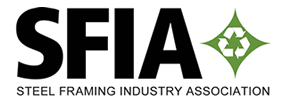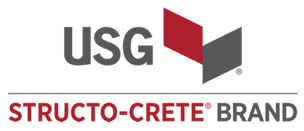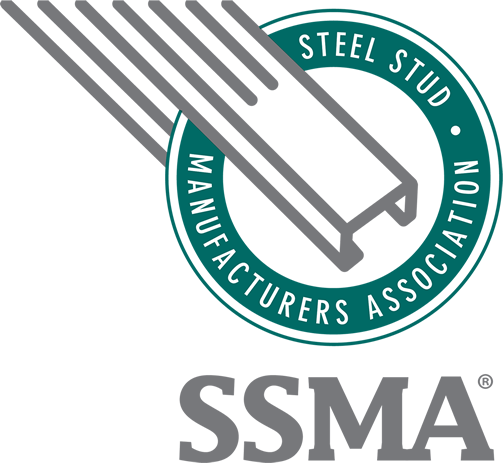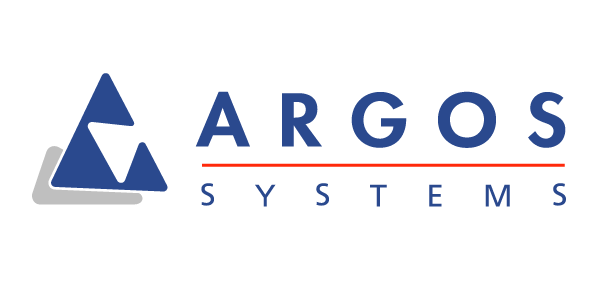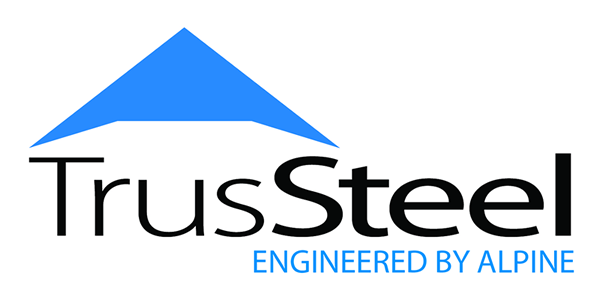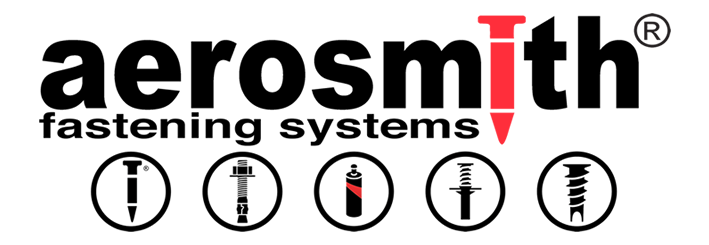
A Study a Novel Composite Steel Floor SystemEmerging Technologies
The tested specimens are 12 feet in length and 32 inches in width and are connected by PAF connectors to supporting beams on shelf angles or seated on girders. The test matrix is composed of six tests, where three are connected to supporting beams by shelf angles and three are connected to supporting beams on girders. Each set of three tests is composed of a bare deck specimen, a composite specimen of deck and cementitious panel, and a composite specimen of deck, cementitious panel, LVL, resilient channels, and ceiling drywall. Vibration tests were conducted after each step of assembly to understand how accelerations and frequency of the floor change with each additional component. Five accelerometers were utilized to measure the response and variety of vibrational inputs explored. Measured accelerations are compared to tolerances established in AISC Design Guide 11. Additionally, each of these tests were tested for bending capacity and composite action. The composite action aims to achieve higher flexural performance, including bending capacity, bending stiffness, and floor vibration characteristics. Focusing on the bending capacity each of the six specimens were tested in a four-point bending rig with a nominal total span of 12 feet. All the specimens exhibit local buckling in the cold-formed steel decks prior to reaching ultimate strength. The addition of the cementitious panel to the top flange increases the stiffness, increases the strength, and improves the post-peak strength of the assembly. The addition of non-structural floor finish and resilient channels and gypsum board for the ceiling assembly are not observed to have a significant structural influence. Comparison to design methods is underway, as are additional improvements to the end detailing and other features of the proposed system. Future work aims to look at other floor assembly systems, including different end details to the supporting beams and using a “6-inch-deep deck” (instead of two 3-inch decks) to construct a similar specimen.
Benjamin W. Schafer, Ph.D., P.E. Benjamin Schafer, Ph.D., P.E., F. SEI is the Hackerman Professor of Civil and Systems Engineering and the Director of the Ralph O’Connor Sustainable Energy Institute at Johns Hopkins University. He is an active volunteer and leader on multiple national committees related to the engineering and design of steel building structures. He has won multiple awards for his research, teaching, and speaking and currently resides in Washington D.C. with his wife and son.
Click to register |

 The objective of this presentation is to study a novel composite steel floor system. These floor systems are part of a proposed nonproprietary, joistless steel floor that can be used for fast assembly in residential or other similar uses. The structural floor system consists of two 3-inch deep, 18-gauge steel decks placed in opposing fashion to form a closed cell, fastened to one another, and then topped with a cementitious panel (USG’s STRUCTO-CRETE is utilized) fastened to the upper deck flanges. In addition, a non-structural finish is added to the floor, including LVL adhered to the top of the cementitious panel, and resilient channels and ceiling drywall attached to the bottom of the steel deck.
The objective of this presentation is to study a novel composite steel floor system. These floor systems are part of a proposed nonproprietary, joistless steel floor that can be used for fast assembly in residential or other similar uses. The structural floor system consists of two 3-inch deep, 18-gauge steel decks placed in opposing fashion to form a closed cell, fastened to one another, and then topped with a cementitious panel (USG’s STRUCTO-CRETE is utilized) fastened to the upper deck flanges. In addition, a non-structural finish is added to the floor, including LVL adhered to the top of the cementitious panel, and resilient channels and ceiling drywall attached to the bottom of the steel deck.

